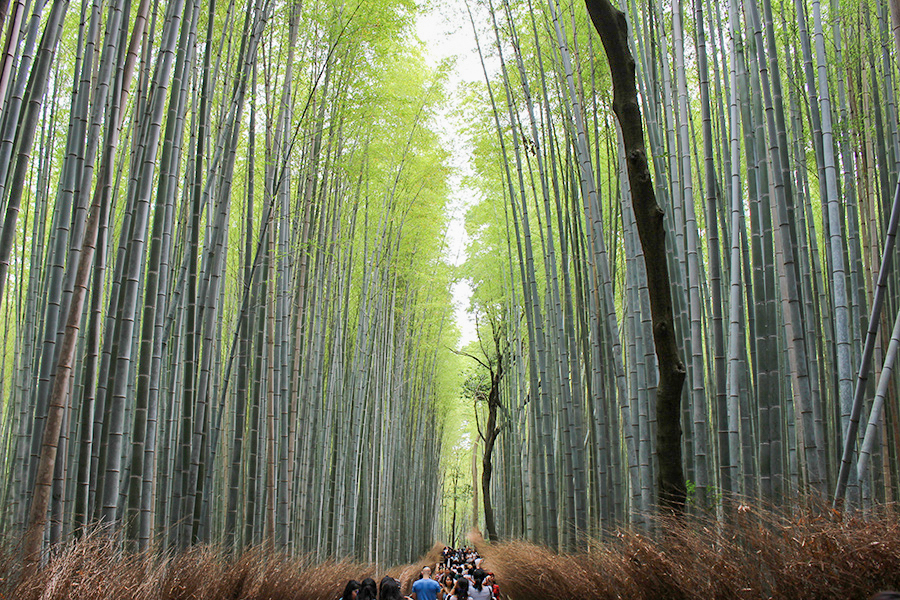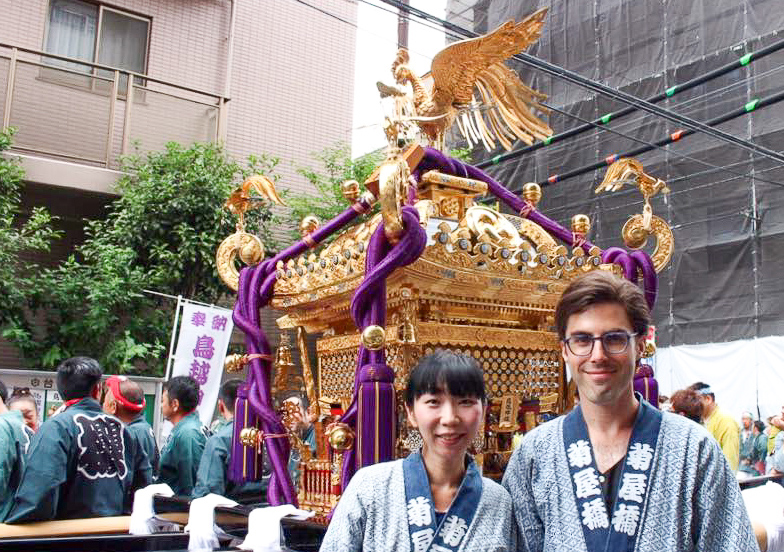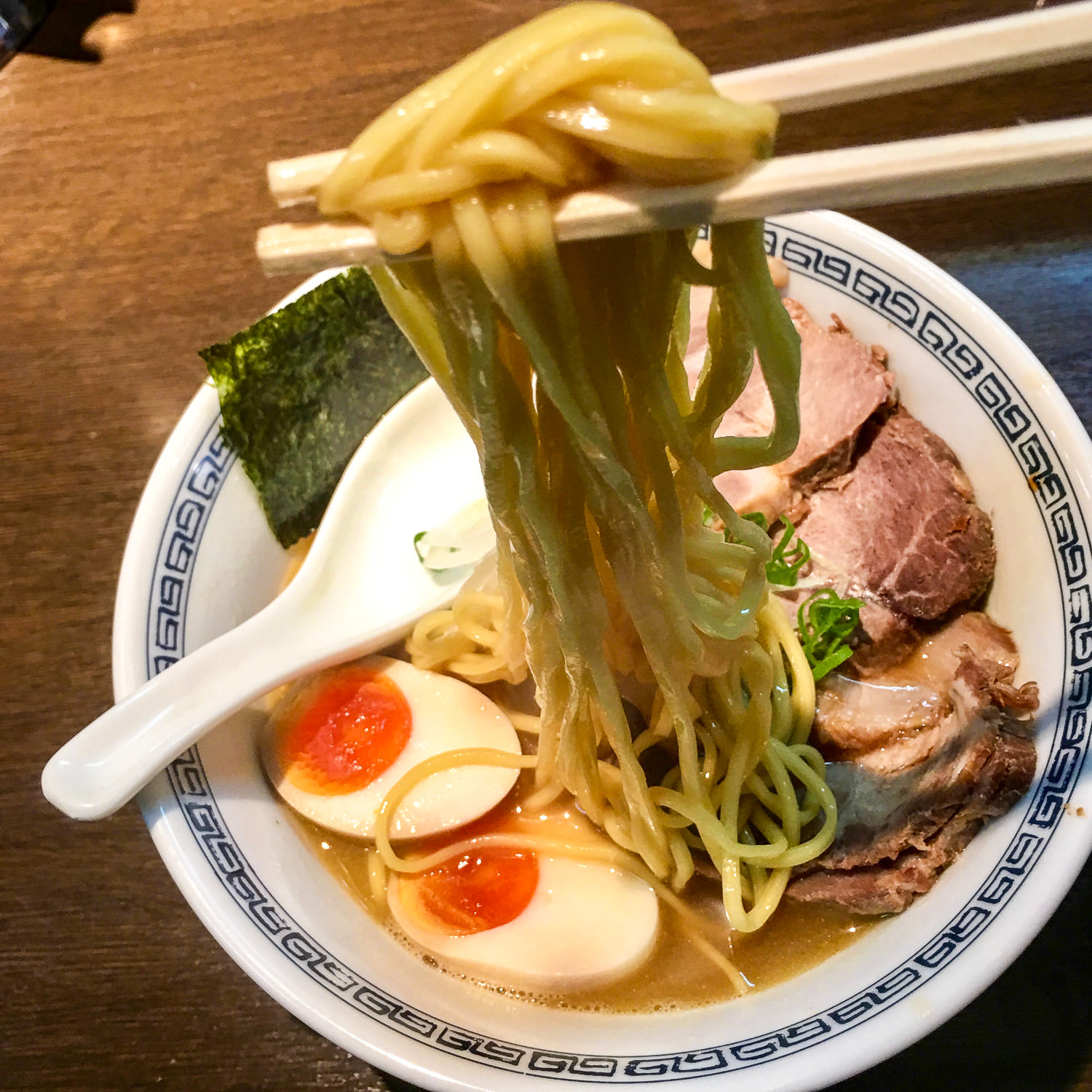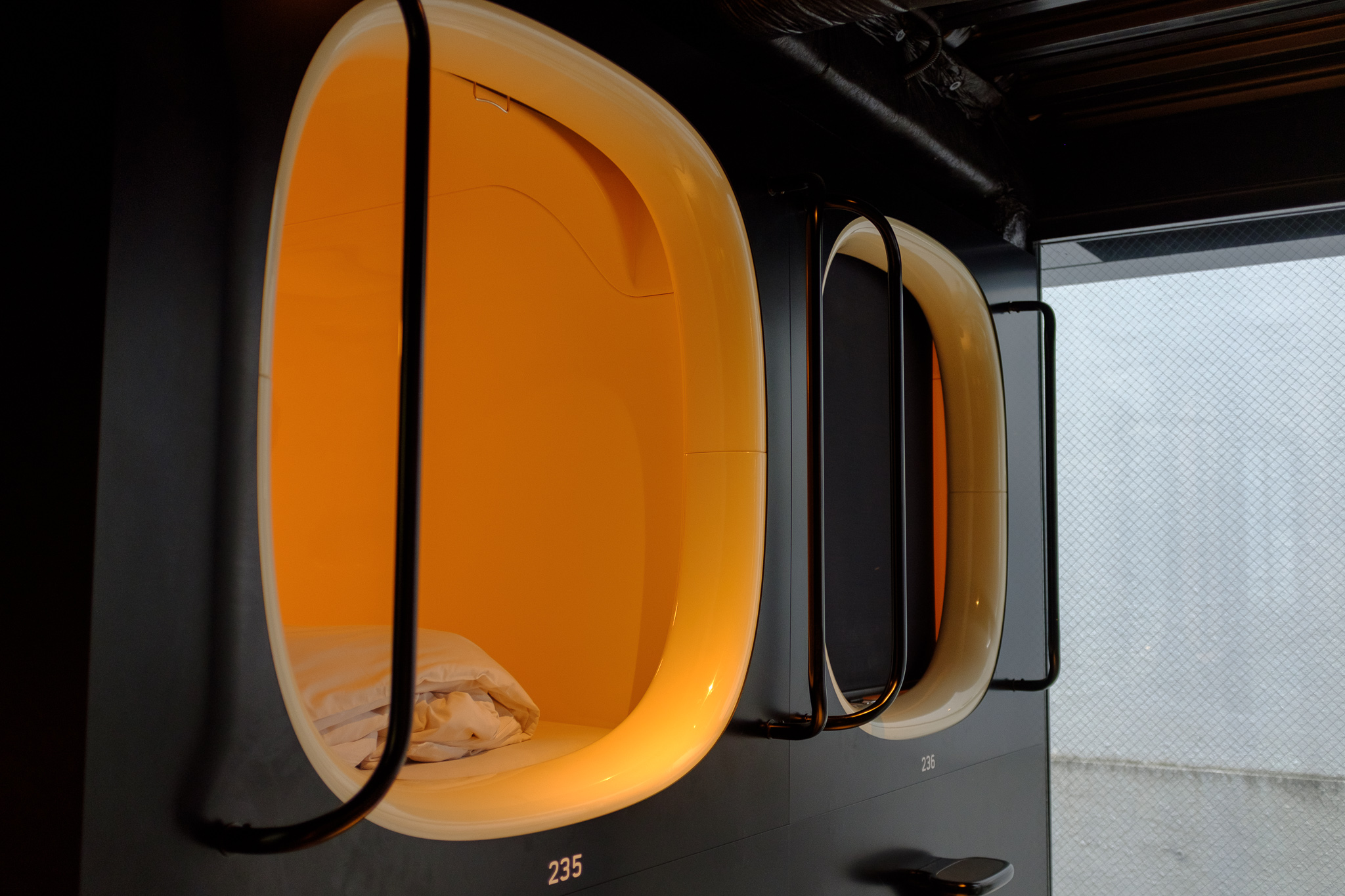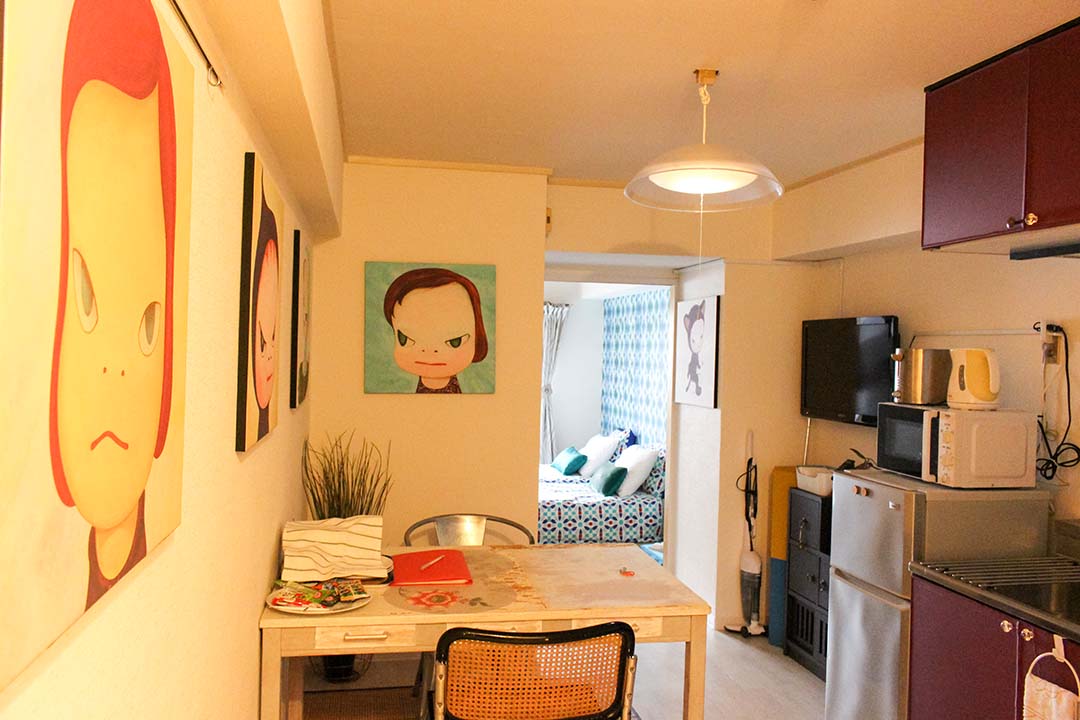Last Updated on October 11, 2020 by eattalktraveljapan
It’s hard to know what to expect when traveling to Japan for the first time. While you probably have a general idea about what Japanese culture is like, much of this is based on what’s become popular internationally.
It’s easy to learn about sushi and ramen, to see gorgeous photos of high-tech Tokyo and ancient Kyoto, and novelties like cat cafes and maid cafes. Oh and let’s not forget those cool bullet trains that whisk you all over the country.
But, how does this all fit together? What’s the real Japan like?
You have to see it for yourself
All those bits and pieces are only a small part of the bigger picture. Some are aimed at tourists or exaggerated for tourists, while others just appeal to one of the many subcultures within Japanese society.
So, with all that in mind, we created this list to help you navigate your first trip to Japan.
Getting around Japan
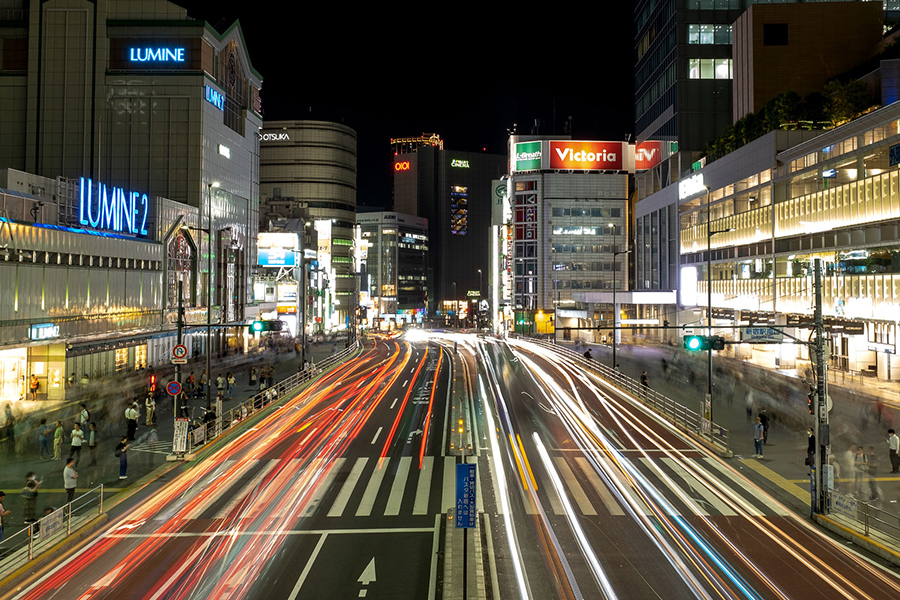
1. You can get almost everywhere by train
Tokyo has one of the world’s greatest public transportation systems. The trains are clean, well-organized, and shockingly punctual. Almost everywhere in the city is within a short walk from a station.
While Tokyo’s system is the biggest, most other large cities have punctual and efficient train systems, too. If you’re traveling between cities, the Shinkansen (bullet trains) can take you all over the country quickly and conveniently.
2. But, bullet trains are expensive.
The Shinkansen (bullet trains) are fast but expensive. To deal with the price, many people recommend the Japan Rail Pass which is an unlimited train travel ticket for up to 21 days. This can be a good option if you plan to travel to many cities in a short period of time, but for fewer destinations there are better options out there.
We talk about this in more depth in our Japan Rail Pass article.
3. Trains stop running at night
This one really surprises a lot of first time visitors. Even in Tokyo the train system stops running at night, usually between midnight and 1AM. It doesn’t start back up again until around 5AM.
So, if you’re out for a night on the town, be sure to catch the last train or be prepared to take a taxi… or stay in a pod hotel.
4. Taxis are expensive, too
In Tokyo, a taxi from the airport may cost $200-300 USD. There’s UBER, but it’s also very expensive and can sometimes be more than taxis.
That being said, they can be a good choice for shorter distances. Just check the price beforehand because it may cost a lot more than you expect.
You can check the price using Google Maps.
5. Air travel is often cheaper
Recently, LCC’s (low cost airlines) have become very popular in Japan. They are often a much better option for traveling around the country since they are faster and cheaper than the Shinkansen.
Especially if you go longer distances, such as from Tokyo to Fukuoka or Okinawa (which you should consider). The trade-off, just like in other countries, is that nothing is included. Also, airports are usually farther away from the city center than train stations.
6. Don’t forget about walking
This isn’t always true in the countryside, but most of Japan’s cities are great to explore on foot. We especially love walking in Tokyo and Osaka, where many areas are packed full of things to see and do.
Communicating with Japanese people
6. Most people speak very little English
A lot of people traveling to Japan for the first time are surprised that most Japanese people speak very little English. You can generally communicate basic things, but don’t expect to have a lot of in depth conversations.
Although most people learn basic English in school, they don’t use it that much unless they work in the tourism industry or at an international company.
7. You might have to ask for an English menu
Many restaurants will have an English menu, but you may not realize it. So, be sure to ask before you assume they don’t have one. We usually read reviews of restaurants before we go and many times we find reviews criticizing the restaurant for not having an English menu. Yet, when we ask they have one…
8. Basic Japanese can go far
While you’re probably not going to master the Japanese language any time soon, learning the basics can be really helpful. Our survival Japanese article will get you started.
If you want to go beyond the basics, Duolingo is a free way to take it a step further.
9. But, people are really helpful
Despite this language barrier, most people are very friendly and helpful. If you’re lost or need help, most people will do whatever they can to help. They will probably know some basic English and if they don’t, someone nearby probably will.
With that being said, you usually have to ask for help first. Not many people will automatically notice you are having a problem and volunteer to help you.
Traveling to Japan for the first time? Here’s what to know about Japanese food

10. Sushi is a small part of Japanese food culture
Sushi is probably the most popular Japanese food abroad, but it’s just a small part of Japanese food culture. Most Japanese people go to sushi bars for special occasions, but they’re not someplace to go every day or week.
For normal occasions, people go to basic sushi bars or Kaitenzushi (conveyor belt sushi), or have sashimi as a side dish at an Izakaya.
11. Supermarket sushi is fantastic… so are the other foods
Many large supermarkets have prepared food sections that will blow your mind. The best ones prepare the food right in the store and everything is extremely fresh. This includes sushi and sashimi, which is surprisingly good.
There are also Depachika’s, which are like foodie heaven. They are kind of like a gourmet grocery store and are located in the basement of department stores. While there are some great supermarkets, Depachika’s are generally the best. You can get most anything you want to eat.
12. And everything gets discounted at night
Freshness is really important in Japan and so food will often expire the same day it’s made. This is especially true with sushi and sashimi which will expire within 24 hours or less.
At the end of the day, stores start to discount all of the prepared and perishable food. They will start at 5 or 10 percent and keep discounting it every hour or so. Half price is usually the maximum discount.
So, this means that you can get fresh, prepared food for a really low price if you go to the supermarket or Depachika at night.
13. Seek out Teishoku (lunch sets)
One of the best ways to try unique local foods is to order a lunch set. You will generally get some kind of meat or fish dish, plus rice, miso soup, and some small dishes. They will vary by restaurant and often change everyday.
If you want to try real Japanese food this is one of the best ways to do it. When in doubt, go where the office workers go. Also, go near the end of lunch time to avoid long lines.
14. Everything’s not at street level
While many countries have all the shops and restaurants at street level, Japan doesn’t.
Office buildings, shops, and restaurants will often be in the same building. Restaurants are usually concentrated in the basements, which may go down multiple levels. Above ground, there are often larger restaurants and stores.
15. Don’t fear the octopus

One of Japan’s best street foods is Takoyaki. It’s basically a little ball of dough with a piece of octopus in the middle. They are awesome, so don’t be too freaked out by the octopus.
16. Some fish are sweet
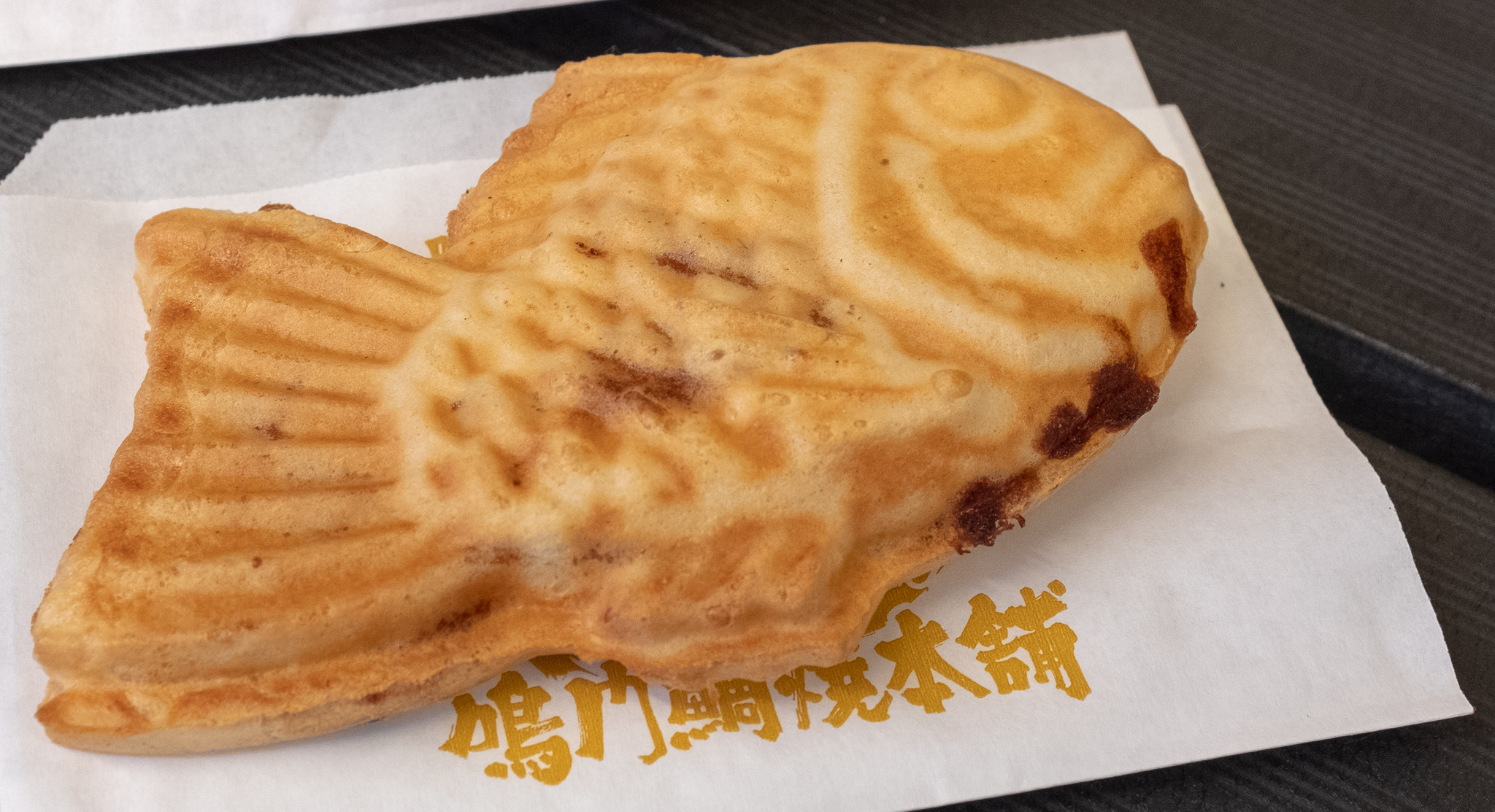
One of our favorite desserts is Taiyaki. While this may be shaped like a fish it certainly doesn’t taste like one. The outside is similar in texture to a crepe and inside is a sweet bean filling that’s nice and warm.
17. Try a nel drip coffee
Japan has an amazing coffee culture and a lot of the equipment used for pour over coffee comes from Japan. So, needless to say, you can find a lot of great coffee.
But, while the modern options are great, there’s a special class of coffee shop called Kissaten. These old school coffee houses are where the coffee culture began in Japan. The best ones will have a coffee master that chooses the best beans, roasts them by hand, and prepares each cup to order.
The oldest and most unique brewing method is called nel drip. The coffee master will take coarsely ground coffee and fill a nel drip, which looks like a small net. Then, they will slowly and precisely drip water over the coffee beans over as much as 5-10 minutes. This process results in a strong, sweet cup of coffee that’s very unique. It’s usually pretty expensive, but if you’re a coffee lover you should definitely give it a try.
18. Explore Tokyo’s kitchen street
In Tokyo’s Asakusa neighborhood is an area dedicated to kitchen supplies where a lot of chefs go to buy their equipment. You can find pretty much anything here and usually for a price lower than anywhere else.
Practical information for your first time traveling to Japan

19. Public WiFi is really bad
Since Japan is so technologically advanced, many people assume that public WiFi will be amazing. It’s not.
In fact, it’s surprisingly bad.
It’s not due to a lack of technology, though. It’s terrible by design. The infrastructure is fantastic but public networks have an elaborate and inconvenient set of challenges.
What to expect…
Generally, you’ll have to use your email address or phone number for the first time you sign up. Then you have to go thorough a couple screens where you agree to a long set of rules.
Often, it takes a number of tries to connect to the network and if you turn off your phone or computer you’ll have to reconnect. There are multiple company’s that all have their own requirements, too.
So, you’ll have to go through this process over and over again.
20. Hotels often charge per person
One thing to keep in mind when looking for a hotel is that many charge per person, rather than per room. So, make sure you check the price for the right number of people…
21. Public trash cans are rare
In Japan, you keep your trash and take it home.
This goes back to a gas attack in the subway back in 1995. Public trash cans have been mostly removed since then and people have gotten used to dealing with their trash themselves.
It’s also because of the complex recycling rules, which vary from place to place. Some areas have an unbelievable number of categories for recycling. There would need to either be multiple trash bins or someone would have to sort through it all.
22. Department stores usually have the best restrooms
If you ever find yourself needing to go to the bathroom, just look for a department store. There will usually be many available and they’ll be much nicer than usual.
23. Don’t forget your hand towel
It may surprise you to know that many Japanese restrooms don’t have hand towels or even hand dryers. It’s because most Japanese people carry around their own hand towel and use that. However, department stores usually have an air dryer or towels.
Must-know Japanese table manners for your first time traveling in Japan
24. Say thank you before and after your meal
You probably won’t be considered rude for not knowing this, but Japanese people have a way of giving thanks for their food before and after a meal.
Before eating, say Itadakimasu, which can mean I humbly receive or let’s eat. It’s a way to show that you are thankful for the food. Many Japanese people say this before eating anything.
After your meal, say Gochiso-sama deshita, which means thank you for the meal. You say this to the chef as a way of thanking them for the food. In a restaurant, you say it before you leave.
25. Don’t stick your chopsticks in your food
There’s a lot of chopstick etiquette to learn, but one big thing to avoid is sticking your chopsticks directly into the middle of your food. This is something that’s done at funerals and is considered bad luck.
26. Finish all your rice
It can be a little challenging to get those last few pieces of rice with your chopsticks, but it’s considered good manners to finish each bit of rice… or to get as close as possible. It’s a way of not wasting food and also shows the chef that you enjoyed the meal prepared.
To get the last pieces of rice, you can group them all together until they stick into one larger piece.
27. You can and should slurp your noodles
The first time you have ramen in Japan, you’ll noticing something that may surprise you. Well, first you’ll be shocked by how delicious the ramen is, but after that you’ll notice the loud slurping. How extreme this is will depend on where you eat, but slurping your noodles is not only acceptable, but a skill.
Hardcore ramen eaters, in particular, have mastered the art of noodle slurping. Beyond that slurping sound, it’s a way to cool the piping hot noodles as you suck them up. It’s surprising effective, but hard to master.
How expensive is Japan?

28. Japan doesn’t have to be expensive
For some reason Japan has a reputation as being much more expensive than other places. In fact, one of the main reasons that people don’t visit is that they assume it’s too expensive. If it’s your first time traveling in Japan, you’re probably wondering just how expensive it is…
It really depends on what you do.
Generally speaking, the Japanese appreciate quality and craftsmanship. There are many specialized foods and products made by skilled craftsman who devote their lives to their profession. These things are both expensive and popular with tourists. For example, the bullet train is an incredible piece of machinery that can whisk you all over the country. It’s also one of the most expensive ways to get around.
Sushi is another example. Many tourists want to eat fantastic sushi when they visit Japan because they think it’s the best in the world. It is… but it’s also an expensive luxury. Same thing with staying in traditional Ryokan. Very popular with tourists, but also very expensive.
(If you want to get more into this, be sure to check out this article we wrote about it)
29. But, it’s not cheap either
While it doesn’t have to be expensive, it is also not a cheap country. Compared to many other countries in Southeast Asia Japan is rather expensive, but compared to North America and Western Europe it’s not.
30. 7-11 is the best place to get cash
It’s not always easy to find an ATM that accepts foreign cards. This can be frustrating if you’re out of cash. But, when in doubt just go to 7-11 or use a 7-11 ATM. It’s the most reliable way to get cash. The post office is another option, but there aren’t as many locations.
31. Speaking of cash, you’ll need a lot of it
Japan is still a very cash based society. While you can use credit cards at larger stores, most small shops only take cash. Even some of the larger ones don’t take cards. So, bring plenty of cash and never assume you can use a card without asking.
Places to know for your first time traveling to Japan
32. Tokyo’s not the only big city
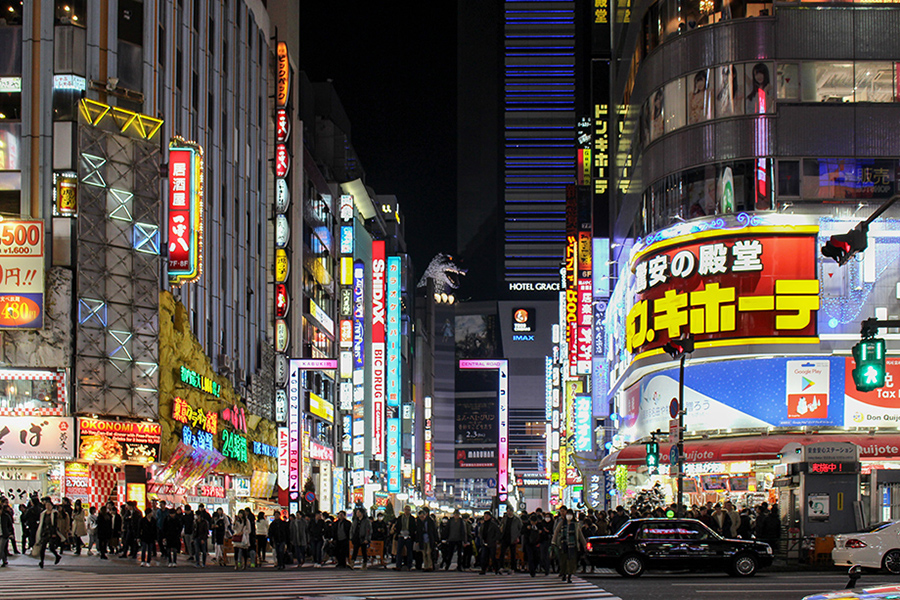
While we love Tokyo and consider it a must for your first time traveling in Japan, it’s not the only big city around. Osaka and Nagoya are also huge. Not to mention Fukuoka and Sapporo…
Beyond size, each place a distinctive vibe to it. Osaka is a really interesting contrast to Tokyo. It also has a lot of large buildings and good transportation, but people have a more relaxed attitude. So, if you have the time, be sure to go beyond Tokyo.
33. Kyoto’s not the only historical city

When most people think of historical Japan, they think of Kyoto. But, don’t overlook Nara.
While it’s best known for the deer roaming all around the city, Nara used to be the capital of Japan and has a number of shrines and temples within the city. It’s also much less crowded that Kyoto and the major attractions are concentrated in the center.
34. Consider Okinawa
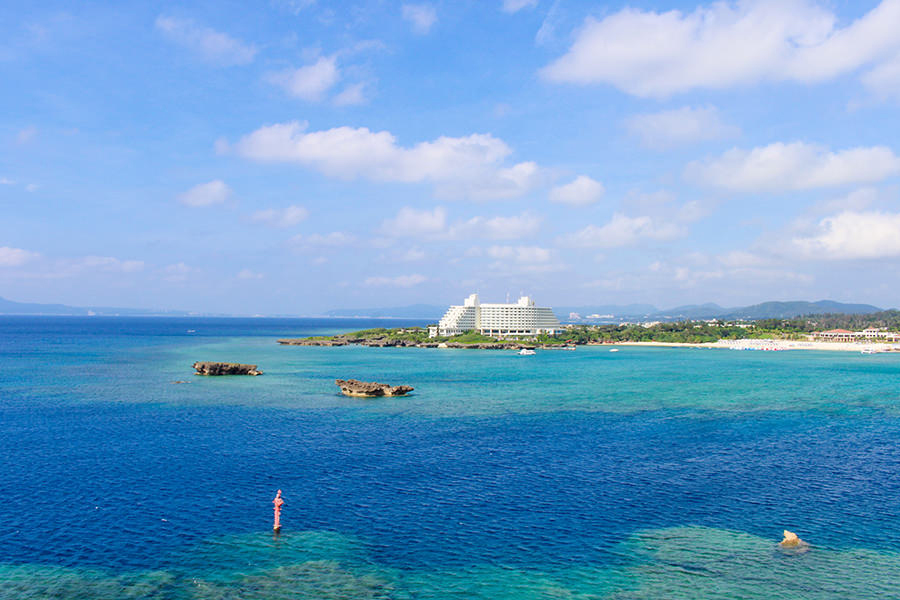
If it’s your first time traveling to Japan and you’ve only got a week, you probably won’t want to go to Okinawa. But, if you have more time or are returning to Japan, you should definitely consider it.
This collection of islands has a totally different feel compared to the rest of Japan and it has a unique history. There are beautiful beaches, friendly people, and a relaxed island vibe.
35. And Hokkaido

For your first time traveling in Japan, you probably haven’t considered Hokkaido. But, if you love nature, Hokkaido should be near the top of your list. While it doesn’t have the size of Tokyo or the history of Kyoto, the natural beauty is overwhelming.
During winter, you can find some of the best ski resorts in the country. During spring and summer, it comes alive with flowers and offers great opportunities for exploring nature. Plus, the seafood is fantastic!
36. Fukuoka is the ultimate ramen city
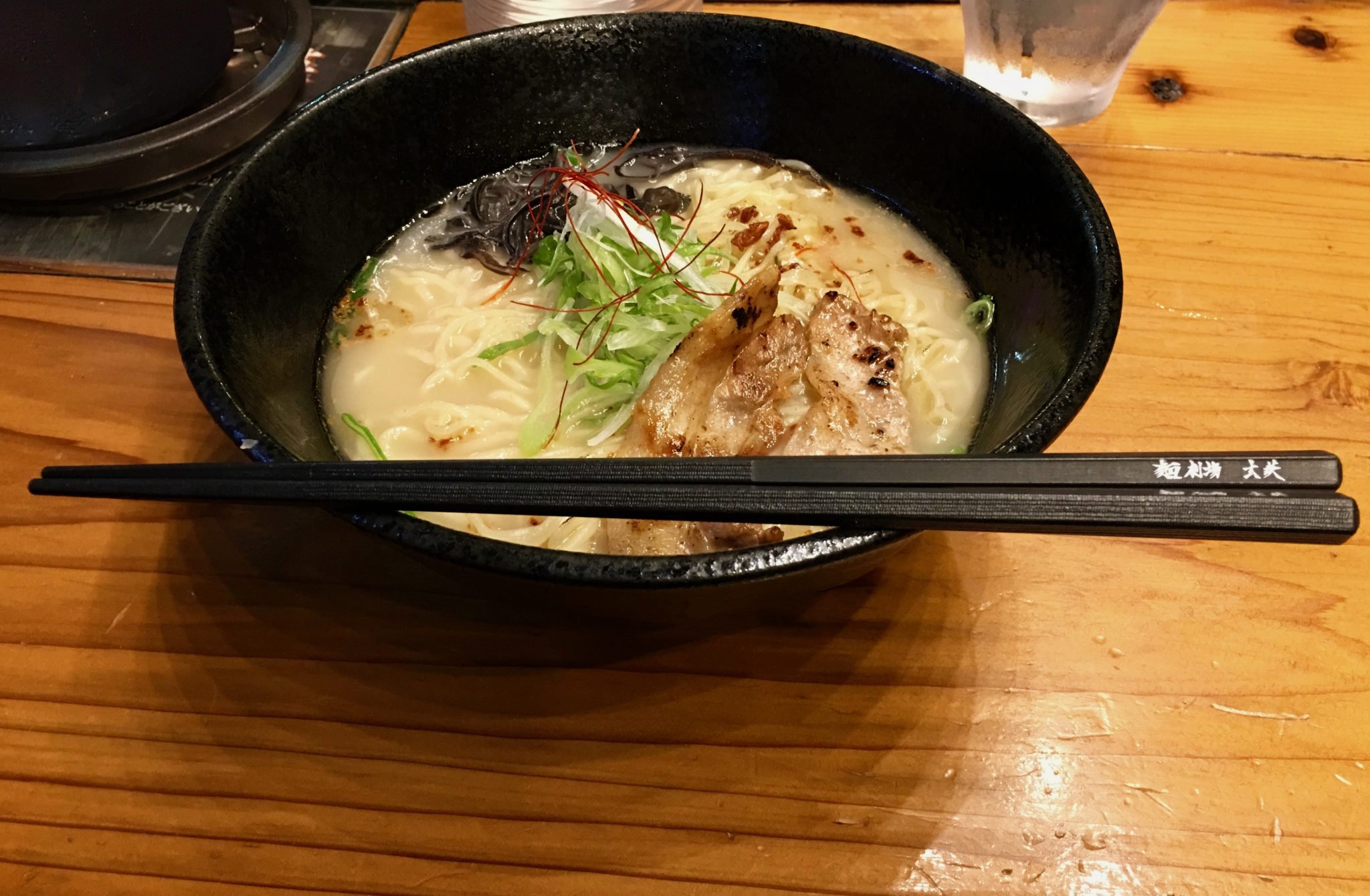
Fukuoka is a city that is overlooked by most people—especially westerners. This is surprising, because ramen is so popular and Fukuoka is the home of tonkotsu ramen.
Chain ramen restaurants Ichiran and Ippudo have expanded all over Japan and into other countries. Yet, both are originally from Fukuoka. In fact, there are even better options.
Beyond ramen, it’s a great place for seafood and an overall great value.
37. Osaka is street food heaven

We’ve written a lot about Osaka and its awesome food culture already, so we won’t rehash everything we’ve already written. Just know that if you’re a foodie, you need to visit Osaka.
Traveling to Japan for the first time? Here’s what to do next
Hopefully, this list has helped you get ready for your first trip to Japan. If you want to learn more, be sure to check out the rest of EatTalkTravel Japan for more advice on Japanese food and culture. We’re continually adding more content about Japan.
